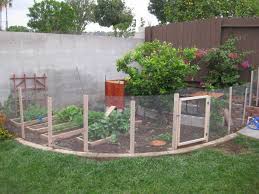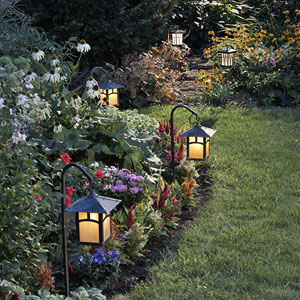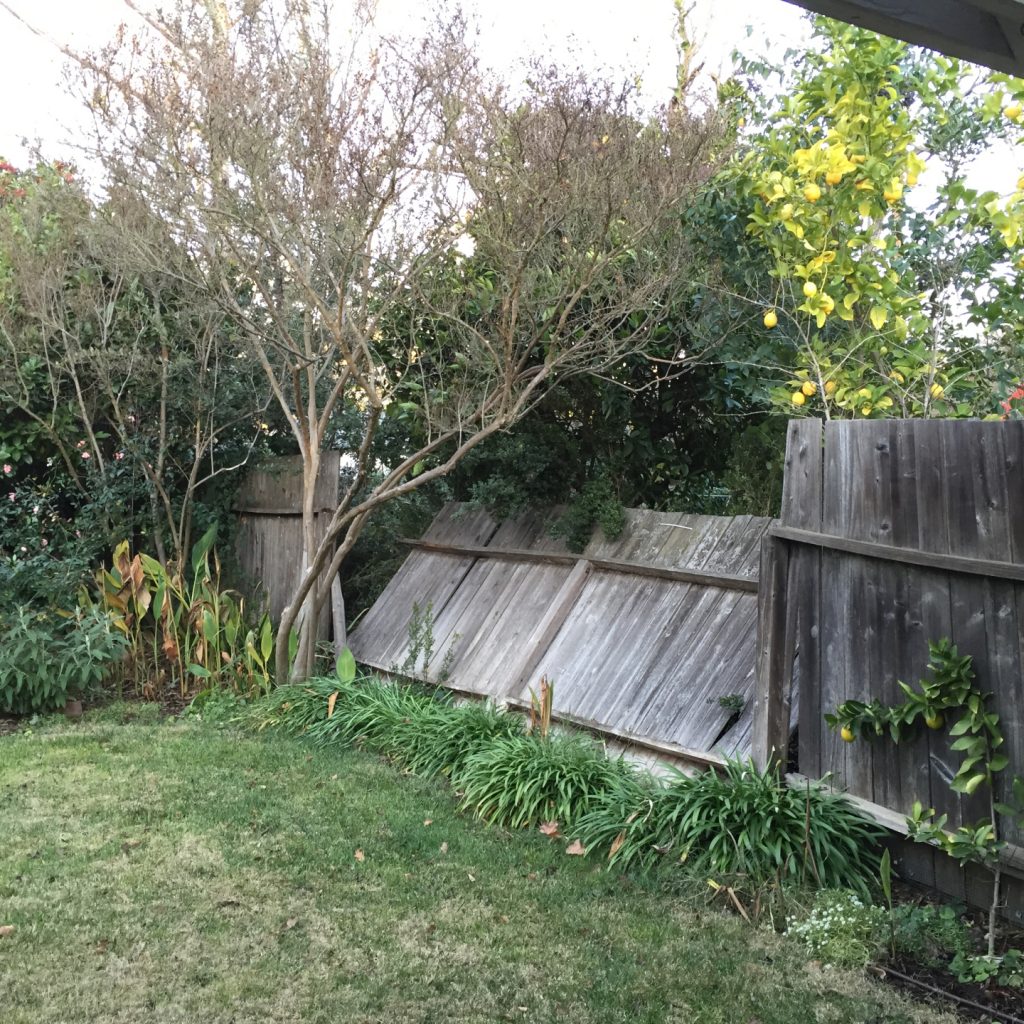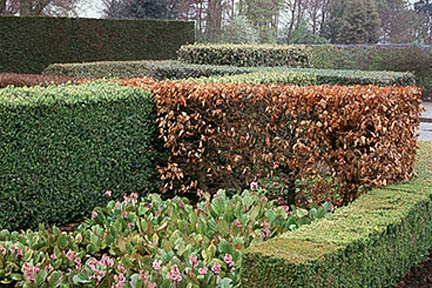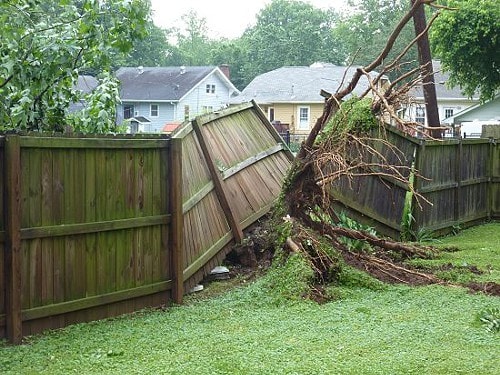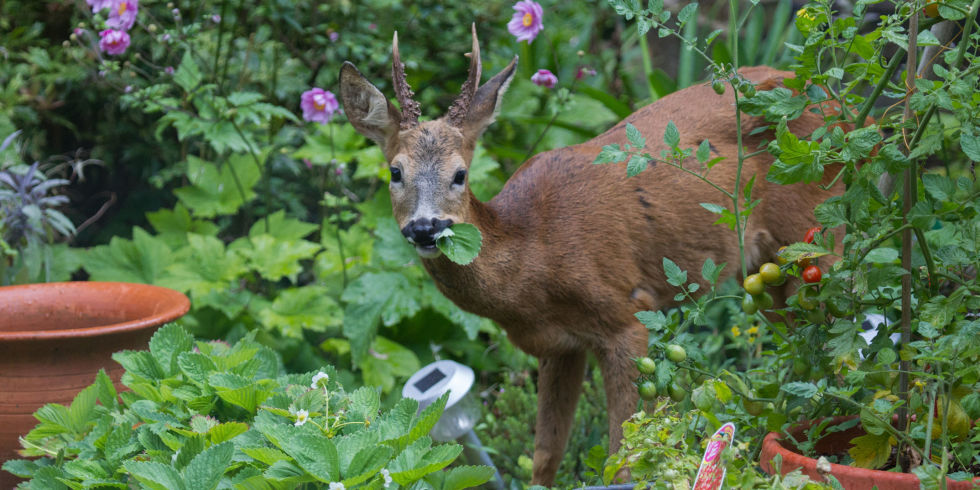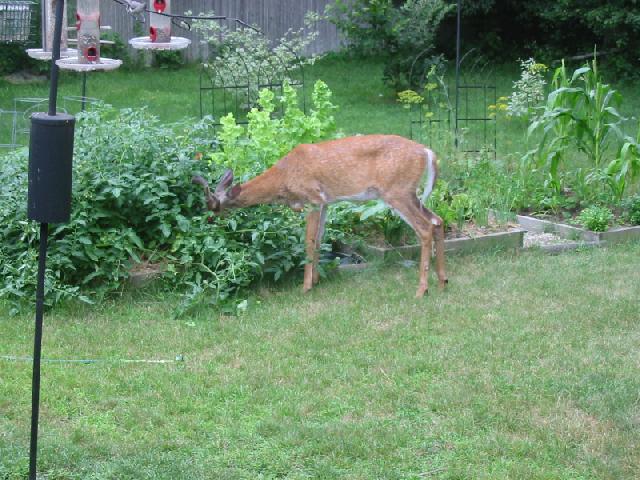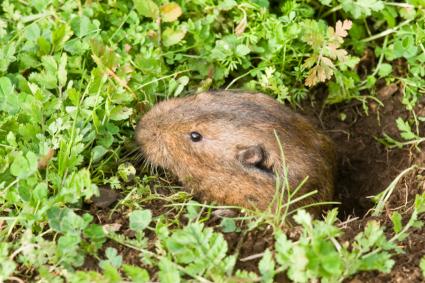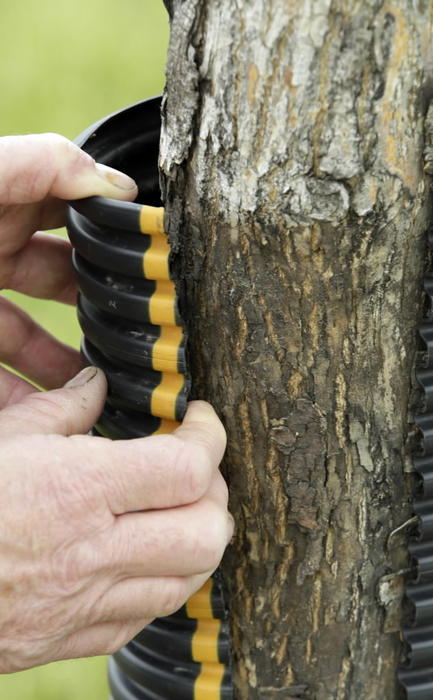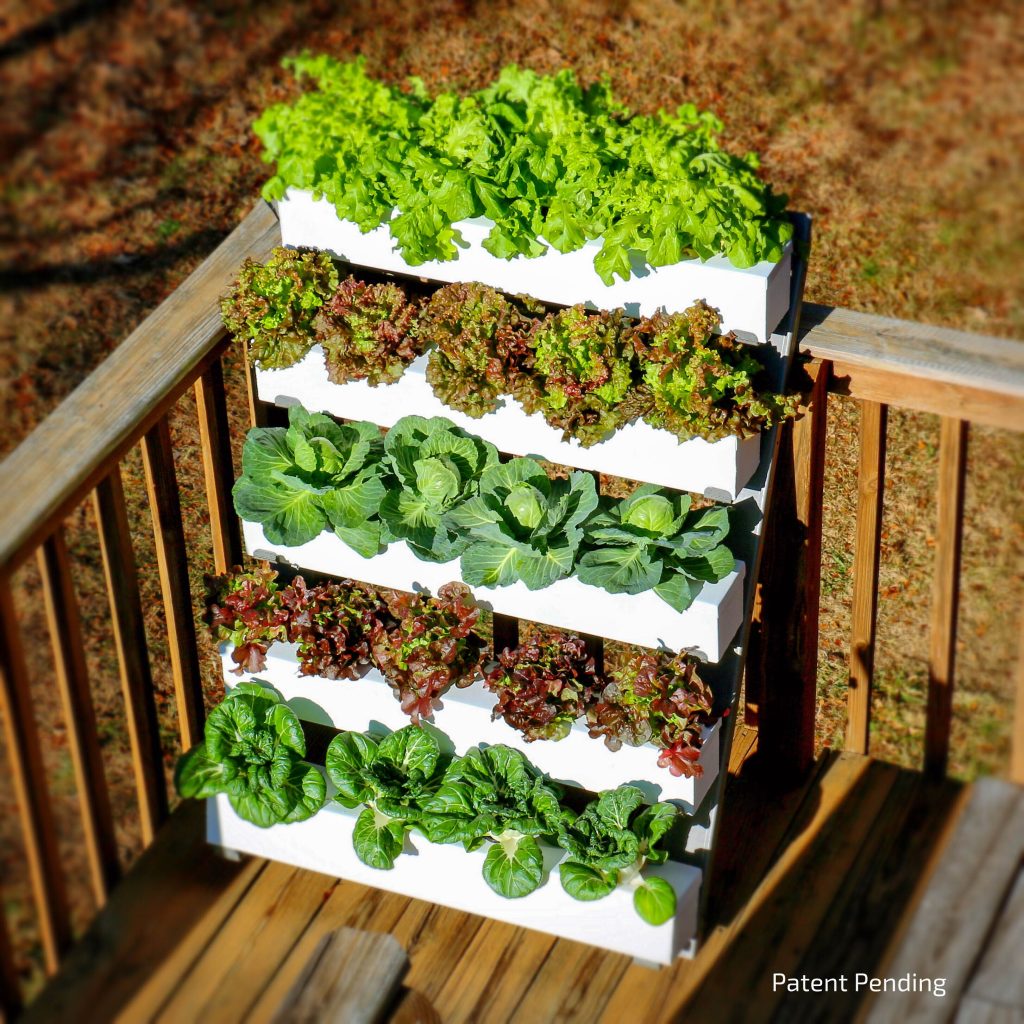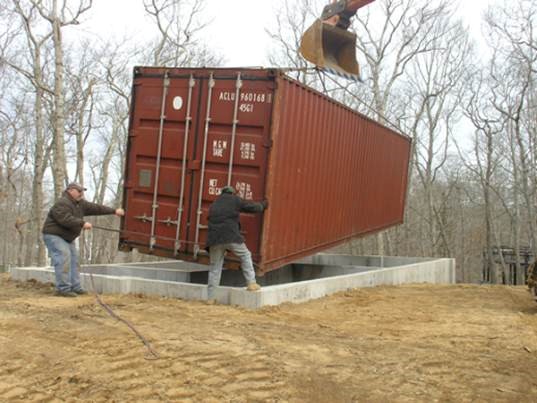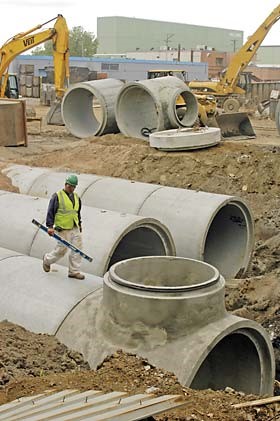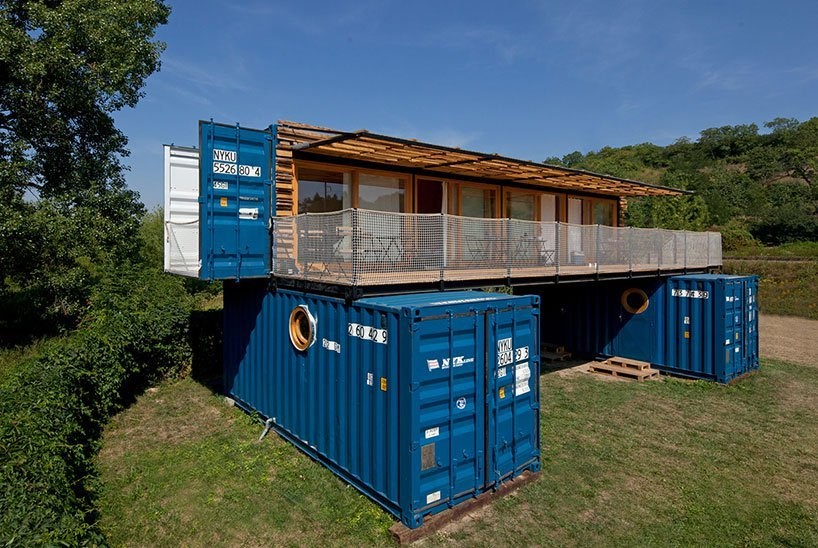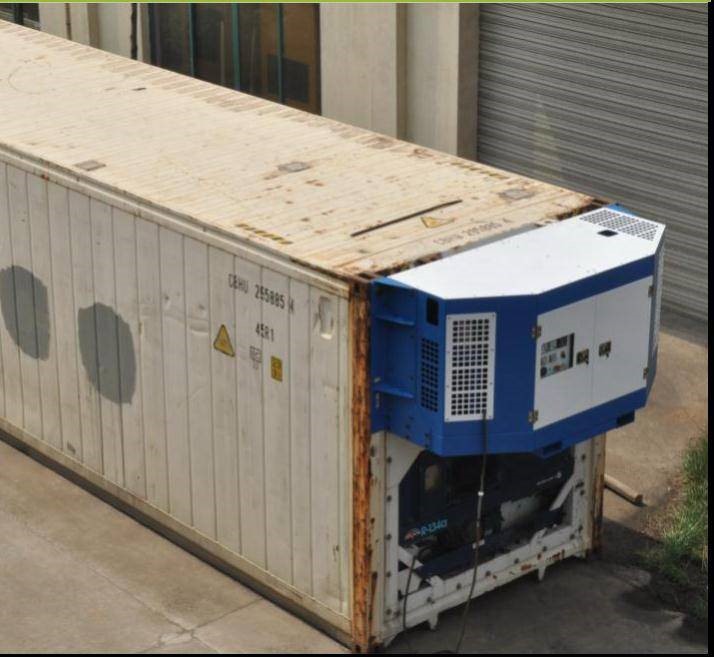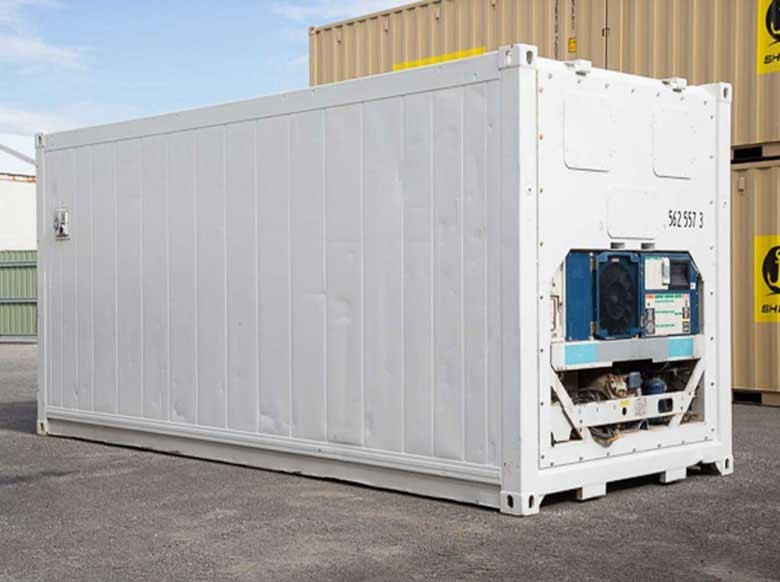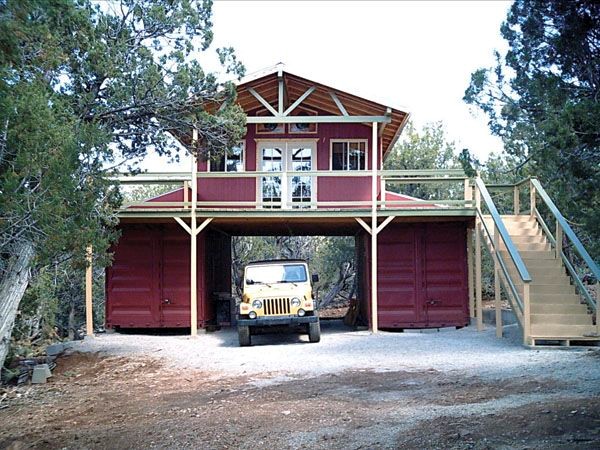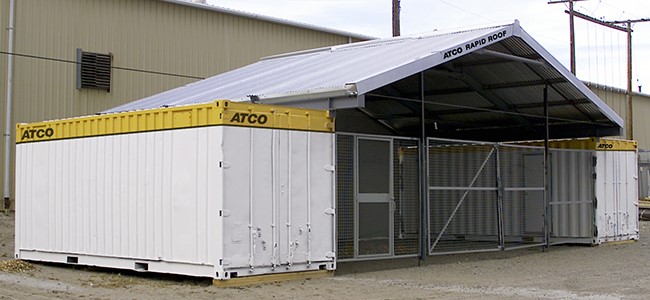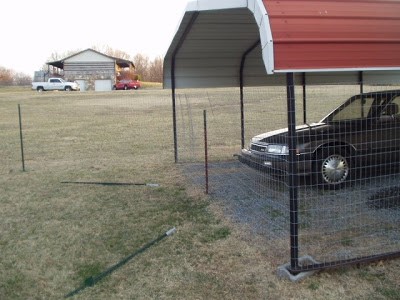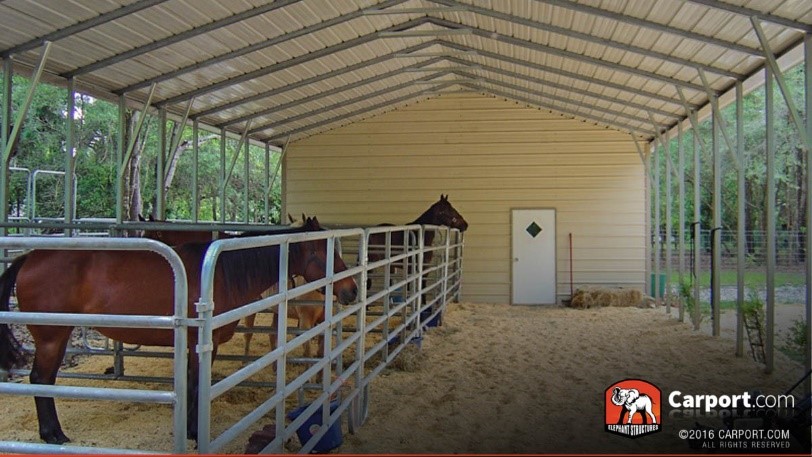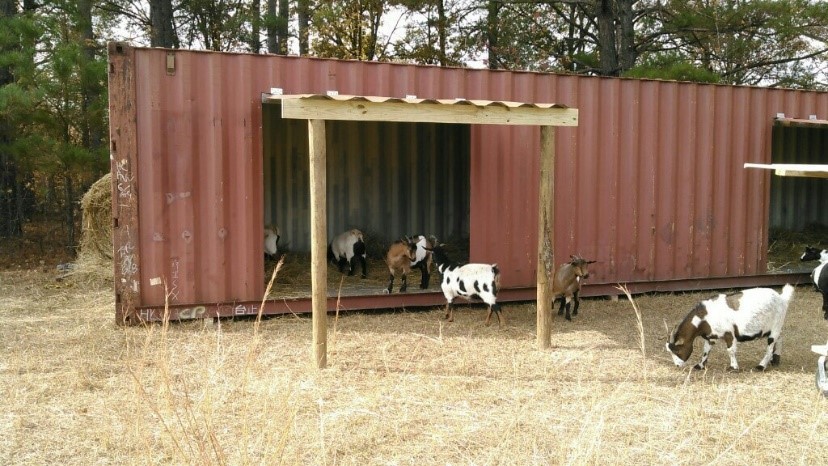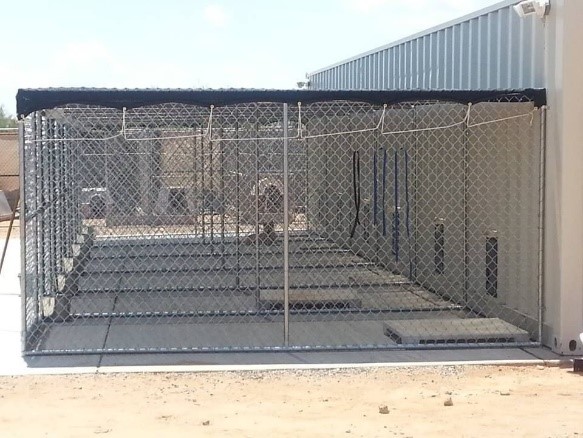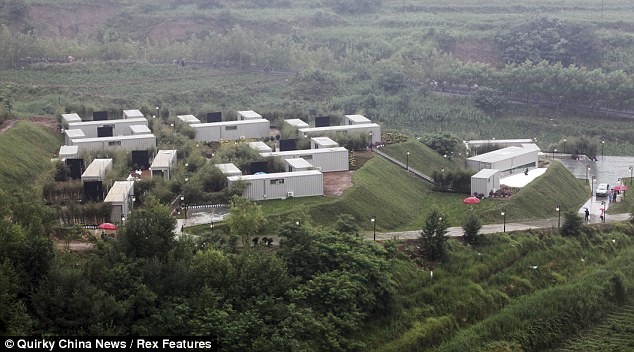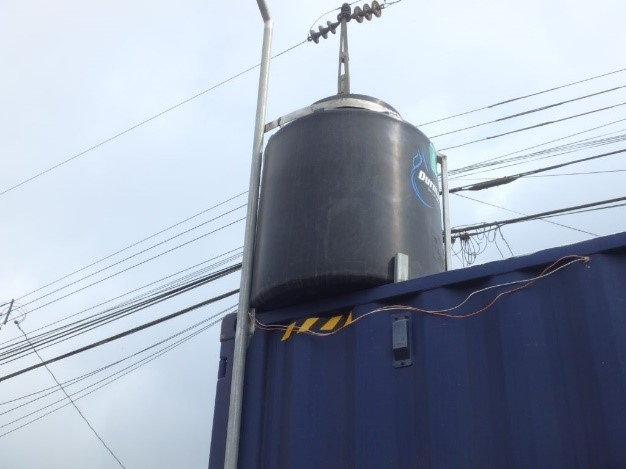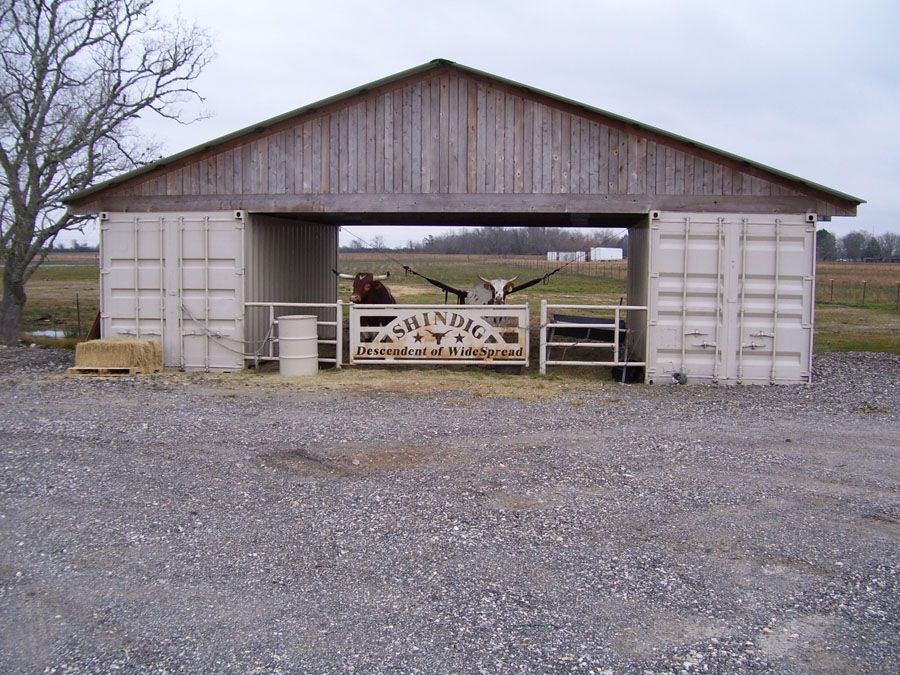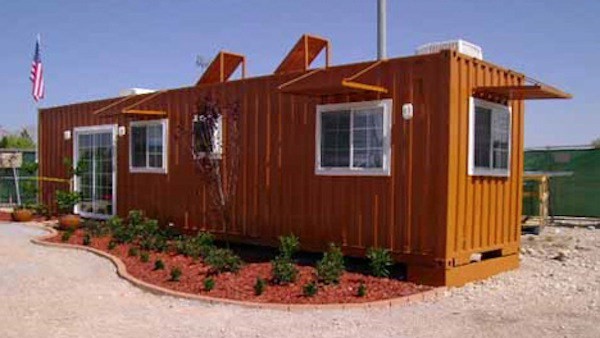Written by Guest Contributor on The Prepper Journal.
Editors Note: An article on gardening from Julia Dacy to The Prepper Journal. Some basics for the new gardeners out there. As always, if you have information for Preppers that you would like to share and be entered into the Prepper Writing Contest with a chance to win one of three Amazon Gift Cards with the top prize being a $300 card to purchase your own prepping supplies!
Natural Factors
There are many natural aspects that can cause damage to your crops and plants, in case you grow the greens and vegetables on your farm or backyard. Besides the harsh conditions of the weather, the wild animals that tend to munch on vegetables and leaves can be a real problem to your garden.
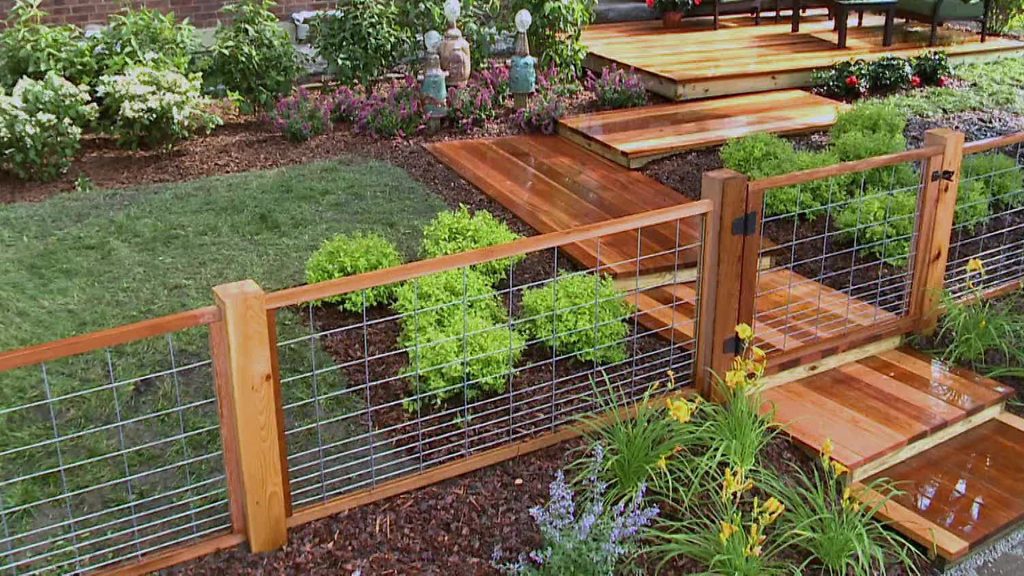
A solid and high fence can protect the plants in your garden from the extreme winds, while such things as solar LED lights can act as an additional source of light during cloudy days as well as motion detectors will scare the pesky critters away. The windbreaks are essential for any garden if you want to protect your plants from the harsh weather conditions. The wind nature is similar to a water wave that hits the barrier. If this barrier is solid, the wind will simply go over it, which will create a turbulence, on the other hand, in case the barrier has openings the wind power will diffuse.
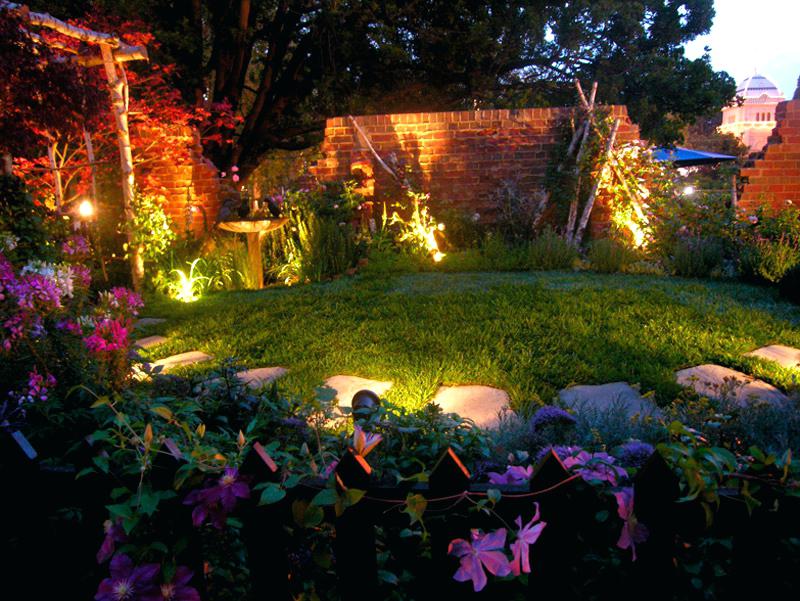

The Dangers of Strong Winds
Sometimes, when a simple wooden fence is just not enough, you may consider choosing the strong, deep-rooted trees instead of it. Since, some of the shallow-rooted trees tend to grow fast they can be preferable in some cases, although they can blow over during heavy winds. This is important in case your house is located in the area where strong storms are a common thing during winter or late autumn.
Hedge bushes are the perfect windbreakers, however, only when they have matured. While the bushes are still growing they may need some structural supports. That being said, consider using wooden or metal sticks to reinforce young hedges to create temporary windbreaks. Additionally, the young trees that had been growing during the summer and spring may need some trimming and thinning before the heavy wind starts.
One of the most common issues that are caused by the wind is desiccation of the roots and soil near the plant. The natural evaporation of water from the topsoil, grass, and leaves is only accelerated by the wind. Under heavy wind conditions, the plants that had been properly soaked can easily dry out in just a few hours. That is why it is important to keep your plants watered during the windy seasons.

Although it is rather hard to keep your garden completely critter-proof, there are some ways you can keep the plants from being eaten or badly damaged. Usually, the most common wild animals that tend to munch on farmer’s crops are deer, rabbits, and groundhogs. It will be helpful to determine, which one of them is most likely to wander into your backyard or farm, in case you live in the suburbs or countryside.
The Pesky Animals
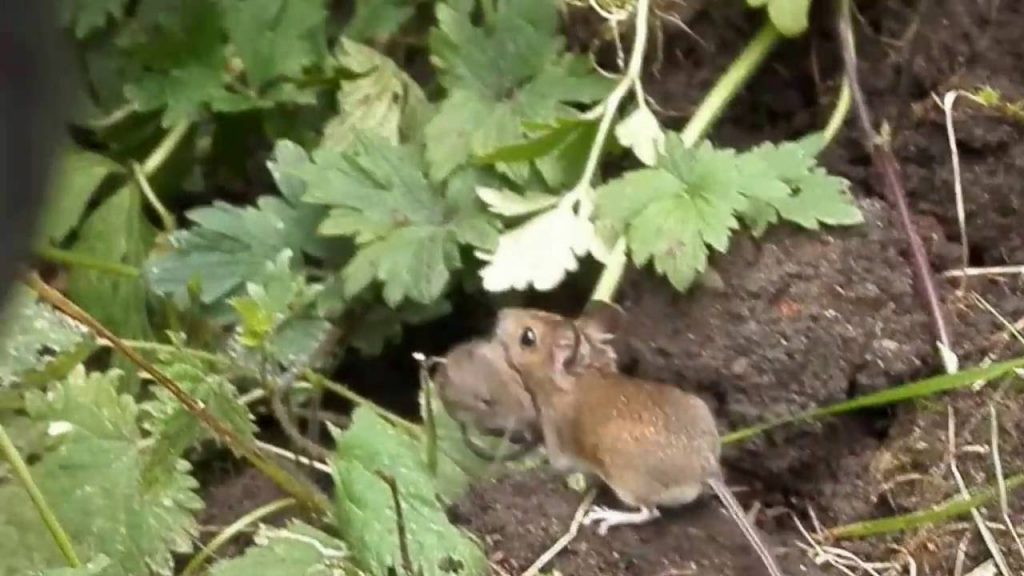
Once you figured out who are the possible suspects you can start making fortifications to prevent them from feasting on your plants. To keep the deer away from wandering into your garden you may consider building a taller fence, in case you haven’t already done it. To be more specific, the fencing is perhaps one of the most (if not the only) effective ways to keep the critters away from your crops. Consider putting the fence in from day one to be really efficient in preventing wild animals from finding the food source in the first place and making your garden a daily stop in their foraging.
By choosing the less tasty plants can be also quite effective in keeping the critters uninterested in eating the bulk of your harvest. For example rabbits don’t like:
- Agave
- Euphorbia
- Red hot poker
- Black eyed Susan
- Pincushion flower
- Oriental popp.
- Strawflower
- Cranesbill
The plants that have a natural odor (highly aromatic) or those that have prickles will be less appealing for the animals. By planting this kind of plants around your garden you can create another barrier to the existing fence to make your garden unattractive for them.
As for choosing the right plants, you must be aware that newly planted vegetables and plants (especially those that you’ve been growing at your house for the whole winter) are extremely vulnerable to the critters. The thing is, the young weed produces the chemical nutrients that make the plant tasty to animals. Since these plants are nutritionally superior to the others, the critters can smell it from miles away, which makes them naturally attracted to them.
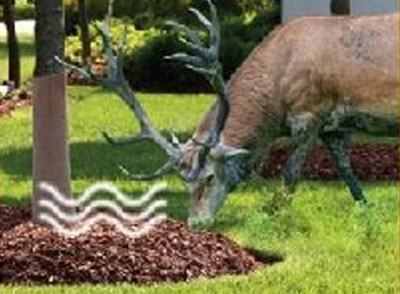
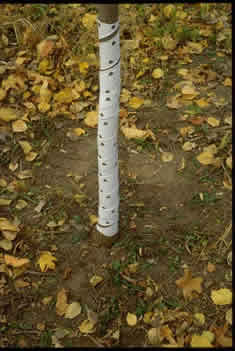
To prevent them from eating planted shrubs and fruit trees you may install trunk wraps and protectors around them. If you need even more protection, you can always elevate the pots or try to plant them into raised beds. A two-feet tall bed will either severely limit the damage or eliminate the chances of the critters getting near the crops completely. Additionally, the seeds can be planted on special railings for additional security.
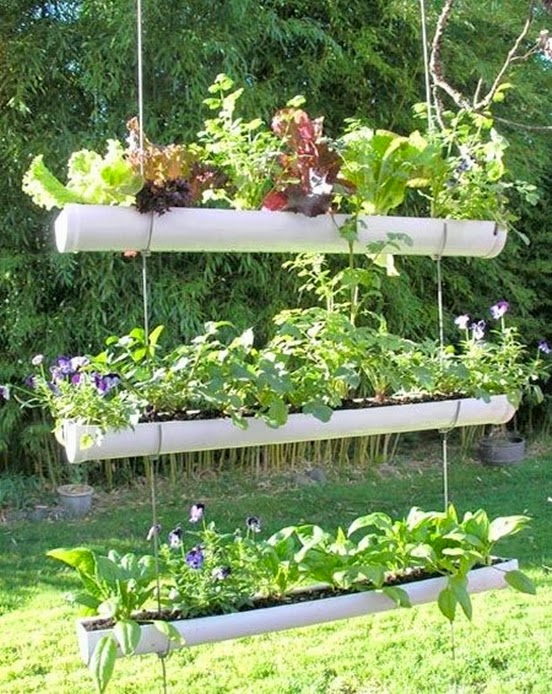
To Tend or Not to Tend?
In case you live in a less crowded area there are some alternative ways to protect your crops. Everybody knows that it is important to keep the yard clean from pests, trash, and pet dropping, you might consider leaving the outer edges of your yard without cleaning for a week or two. This will allow you grass to grow taller and may create an additional barrier for the critters. With the additional several layers of almost impenetrable walls, your garden will be less attractive for animals as well as more protected from nature.
Follow The Prepper Journal on Facebook!
The post Organize your garden the right way, a quick primer appeared first on The Prepper Journal.
from The Prepper Journal
Don't forget to visit the store and pick up some gear at The COR Outfitters. How prepared are you for emergencies?
#SurvivalFirestarter #SurvivalBugOutBackpack #PrepperSurvivalPack #SHTFGear #SHTFBag

